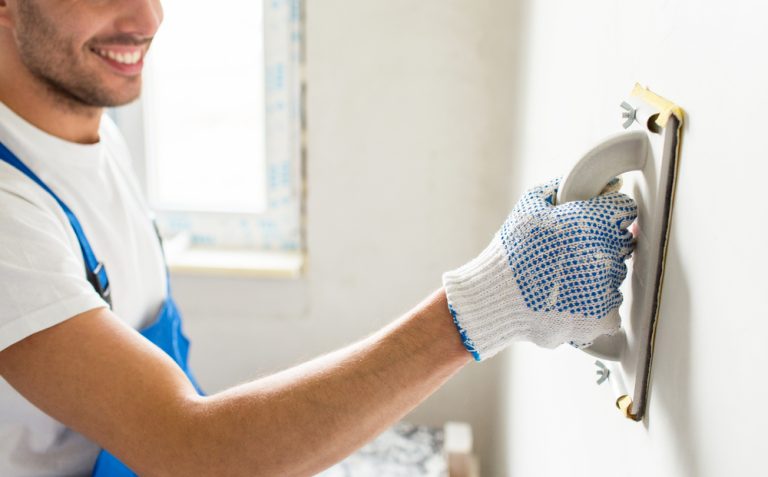Will the aviation industry survive the Coronavirus outbreak? What will the sector look like in a post-COVID-19 world? What’s going to stay the same and what will be different after the pandemic is over? This article offers possible post-COVID-19 scenarios for the Aviation industry. No other industry was as affected by the COVID-19 pandemic as the airlines, travel companies, and the tourism sector. And, although lockdowns have eased in some parts of the world, travel and tourism may be disrupted by the ongoing pandemic for longer. As of April, this year, 90% of the global population was living in countries with active Covid-19 cases, where the governments have imposed travel restrictions on people coming from abroad to stop the virus from spreading. And, according to Reuters, this resulted in over 25 million aviation jobs being at risk. Plus, according to the World Tourism Organization, between five- and seven-years’ worth of industry growth will most likely be lost due to all these recent events. But social distancing and travel restrictions weren’t the only challenges the industry faced because of the Coronavirus outbreak. The sector is also struggling with a decreased willingness to travel as people fear that they might get the virus. According to a survey from Mower, only 16% of people in the US would be willing to travel abroad with a commercial airliner on the first day after the restrictions and health warnings are removed. Moreover, only 56% of Americans claim that they would feel comfortable to travel abroad by plane after 60 days the authorities give the “all clear” signal. Plus, according to a Dollar Flight Club survey, out of the 20.000 people surveyed, 80% of them have cancelled their trips scheduled for April and May. Now, it’s no doubt that people will eventually travel again, and the aviation industry isn’t going anywhere no matter how difficult things seem to be right now. However, there will be some significant changes both in consumer travel demand and the global airline industry as a whole. A new world of airline economics Remember only half a year ago, before the Coronavirus outbreak, when you could travel internationally with only a few dollars’ worth plane tickets? Well, unfortunately, it seems that these will remain memories because, in the post-COVID-19 world, plane tickets will be a lot more expensive. According to the director-general of the International Air Transport Association (IATA), if governments force airlines to introduce physical distancing measures on planes, the ticket prices will most likely see a 50% increase. The explanation for this warning is pretty simple: physical distancing measures imply people to stay 1.5-2 m away from each other, meaning that at least third of seats on a plane would remain empty so airlines would lose a lot of money. Moreover, it seems that raising ticket prices is an old practice of the industry following a significant event. The same Dollar Flight Club survey analyzed data from the 9/11 and the Great Recession, two big events in the past, to see how they influenced the airline industry. The result? Plane ticket prices go down in the short term but then gradually increase in the long term. Following the 9/11 event, plane ticket prices dropped by 18% for the remainder of the year but then increased by 25% by 2003. As for the period after the Great Recession, airfare prices saw a 21% decrease in 2008 and a 24% increase in 2012. So, the survey predicts that the same pattern from above will happen after the COVID-19 outbreak as well. The Dollar Flight Club predicts a 35% decrease in plane ticket prices in 2021 and a 27% increase by 2025. An even bigger step towards digital The Coronavirus outbreak challenged all industries to take a shift to digital more seriously as most businesses were forced to close their doors and customers were forced to stay inside to prevent the virus from spreading. Employees worked from home, kids learned from home, food was ordered online, and even film festivals were moved online. Every industry had to take a bigger step into the digital environment if they wanted to survive the Coronavirus ongoing pandemic. And, the aviation industry is no exception to this rule. Now, digital technologies can’t replace the travel services offered by airlines, but they can reshape the way these services are provided. To be more precise, they can help airlines offer a touchless travel experience to travelers, which might be imperative since more and more of them fear traveling because they fear they might get the virus. The airline sector has already embraced technology in some processes such as online check-ins or plane ticket buying online. Yet, now the industry needs to offer a touchless travel experience to convince travelers that it is safe to fly with them. And, even with strict cleaning protocols, without technology, this is pretty difficult as people are still exchanging travel documents and touching surfaces as they check-in go through security or border control. Thus, the sector will most likely embrace automation as the new norm. Airlines can use technology for, let’s say, identity verification with iris and face recognition technologies. We might also see other touchless technologies for data entry, such as gesture control, touchless document scanning or voice commands. But protecting aviation employees is just as crucial as protecting travelers. Thus, aircraft maintenance management software solutions, such as those from Aviation InterTec, might also become more critical over the next few months or years. These software solutions empower aviation employees to perform tasks such as managing fleets, schedule maintenance work, and track records exclusively digitally. More electric planes It seems like the COVID-19 crisis might be the catalyst for greening the global airline sector. Over the past few months, as many parts of the world were in lockdown, and thousands of airplanes were grounded, several voices were pretty vocal about the climate risks posed by the aviation industry. Many environmentalists argue that airlines aren’t precisely the sector that governments should focus on to rescue, especially since this sector had a free





